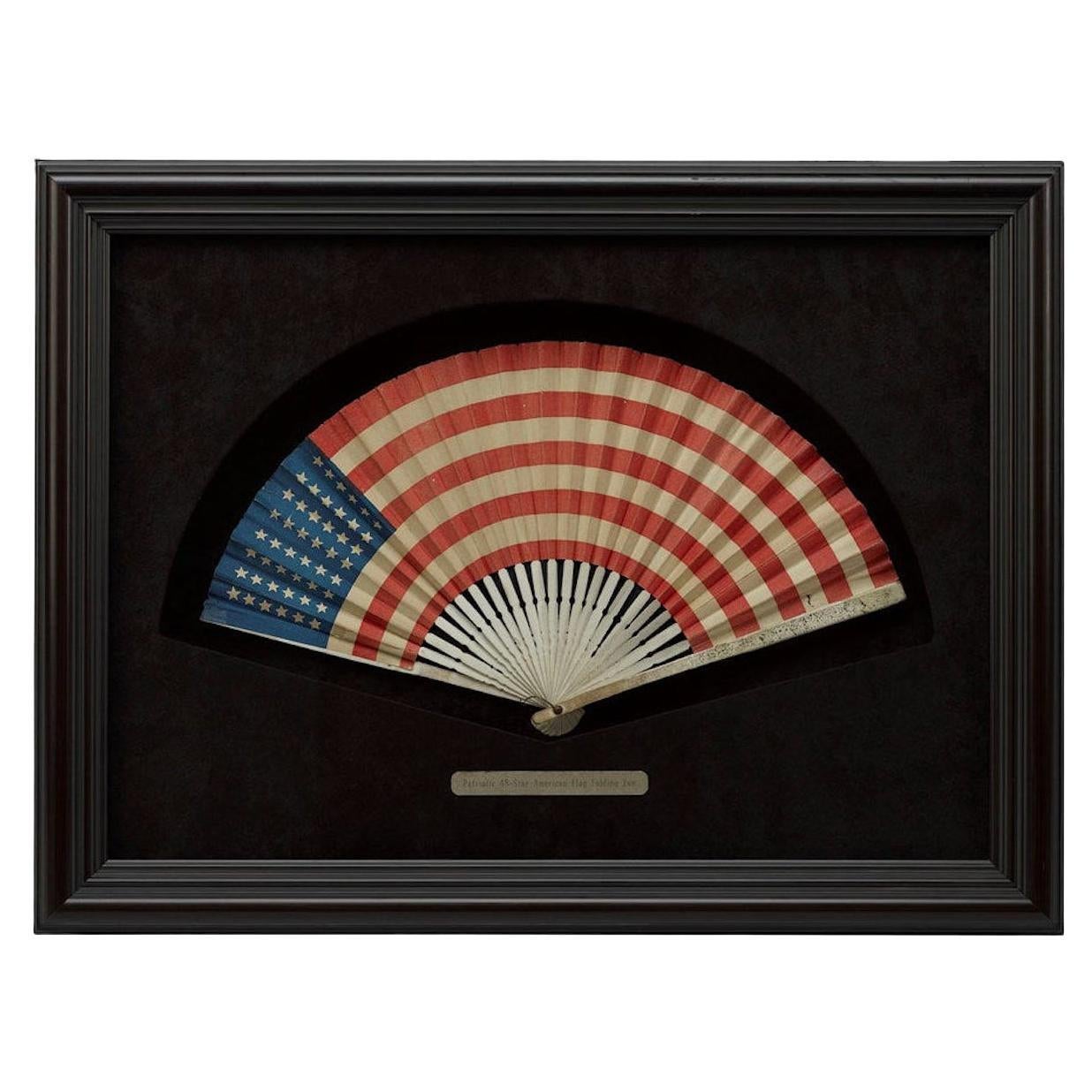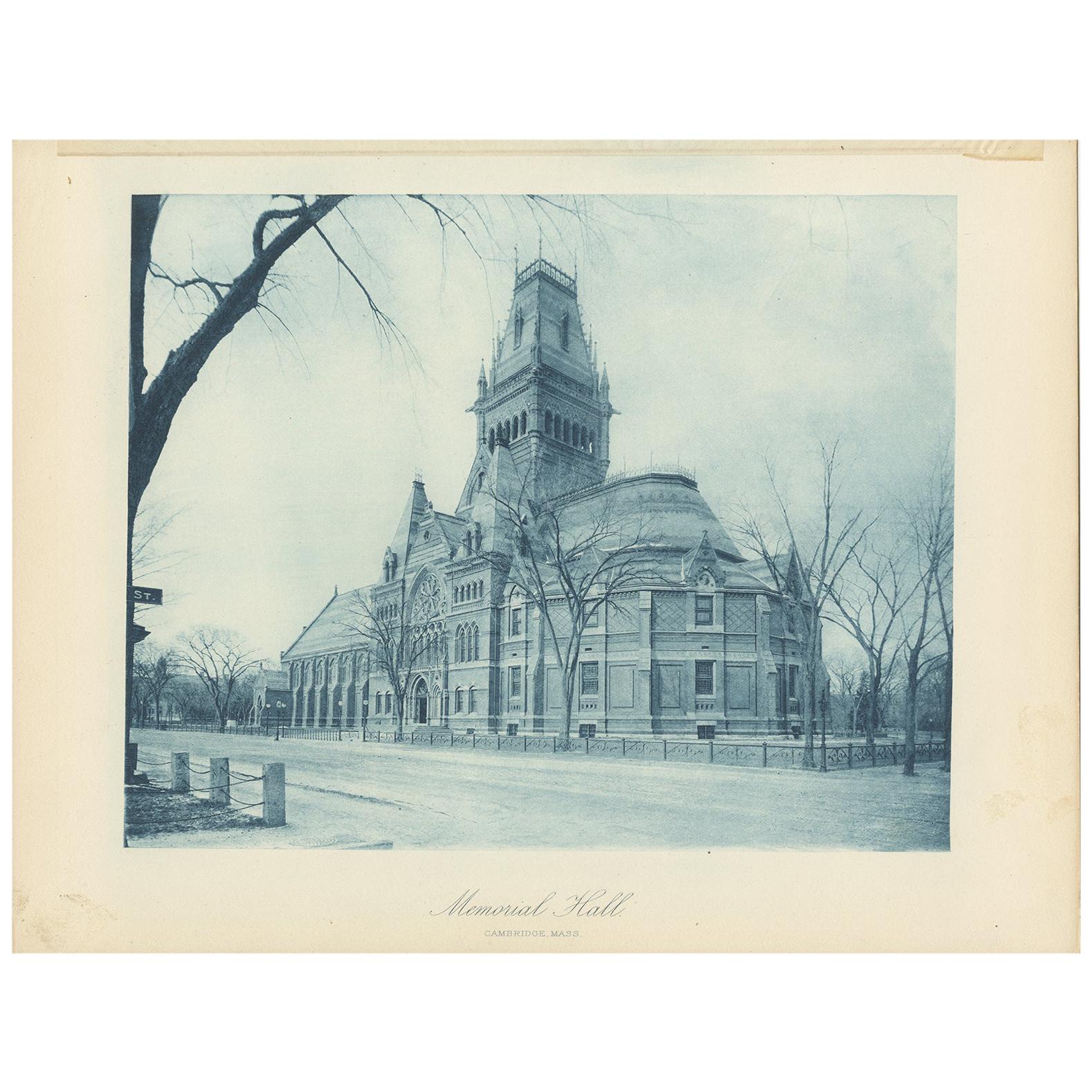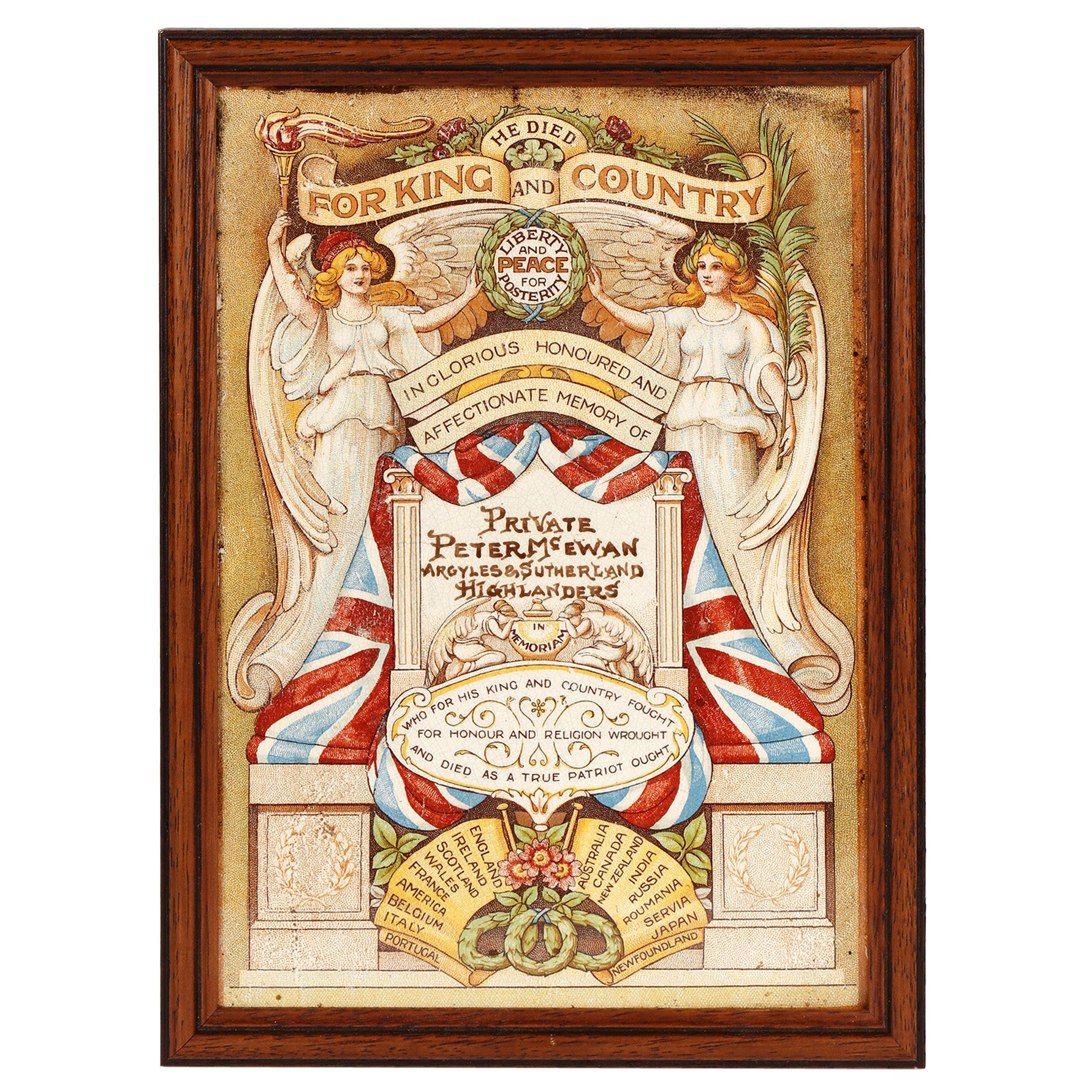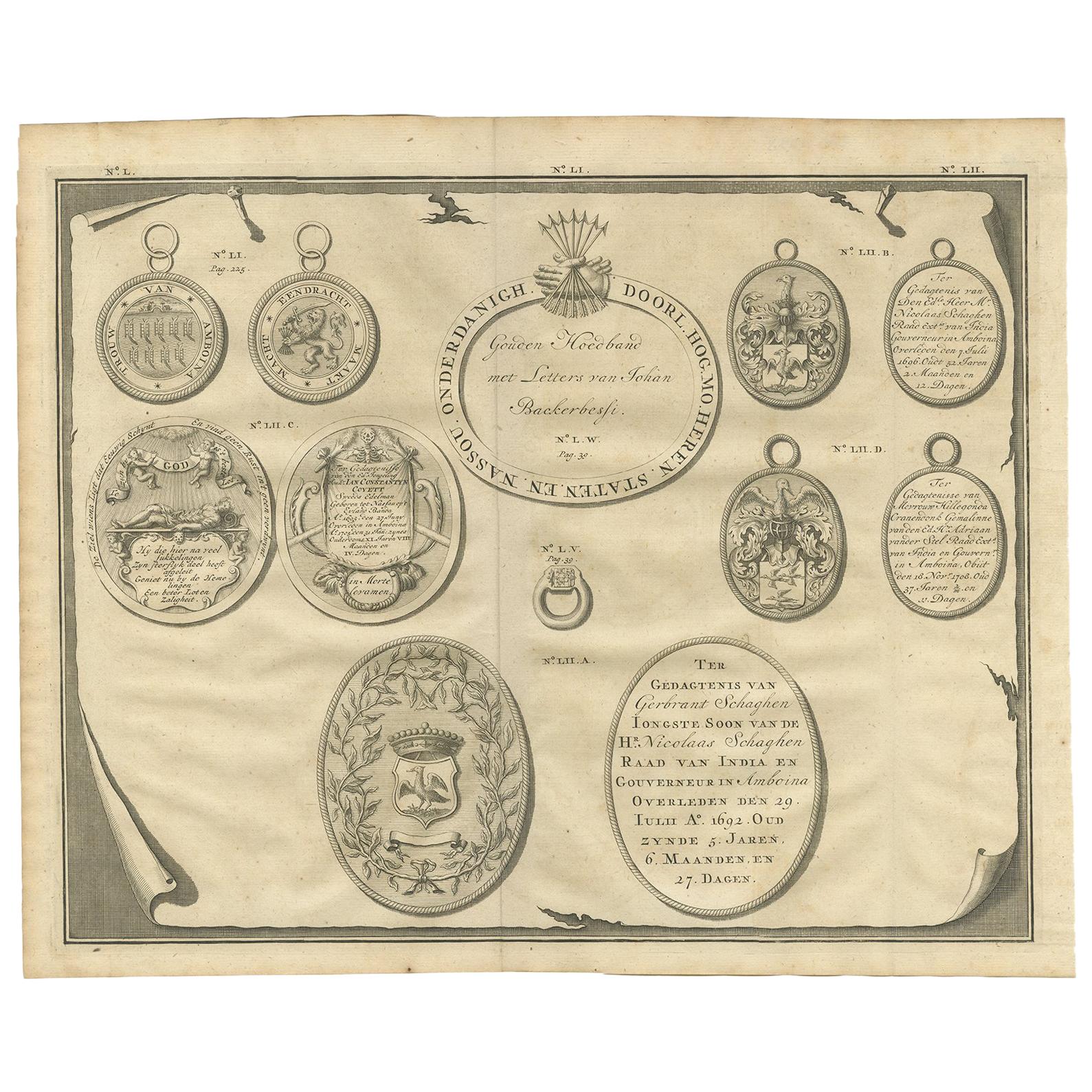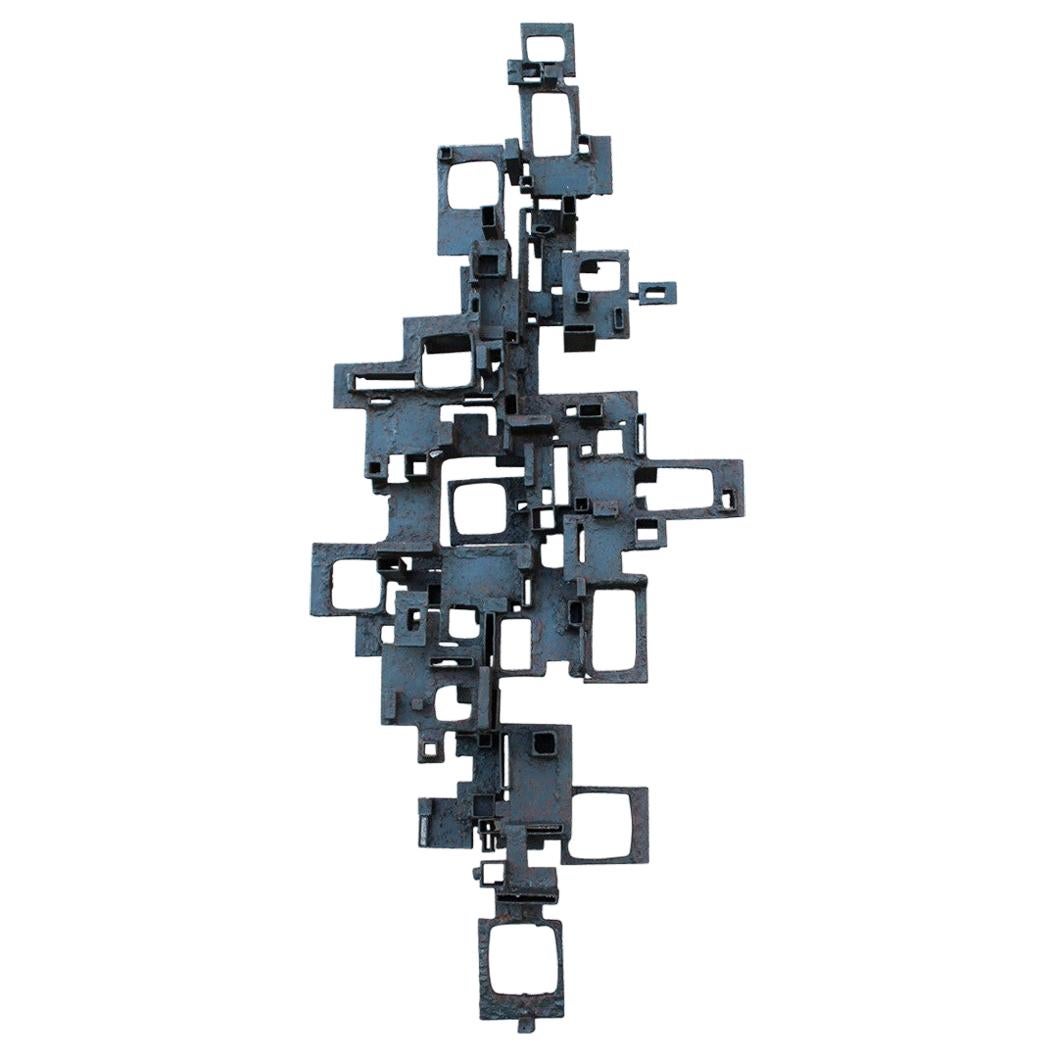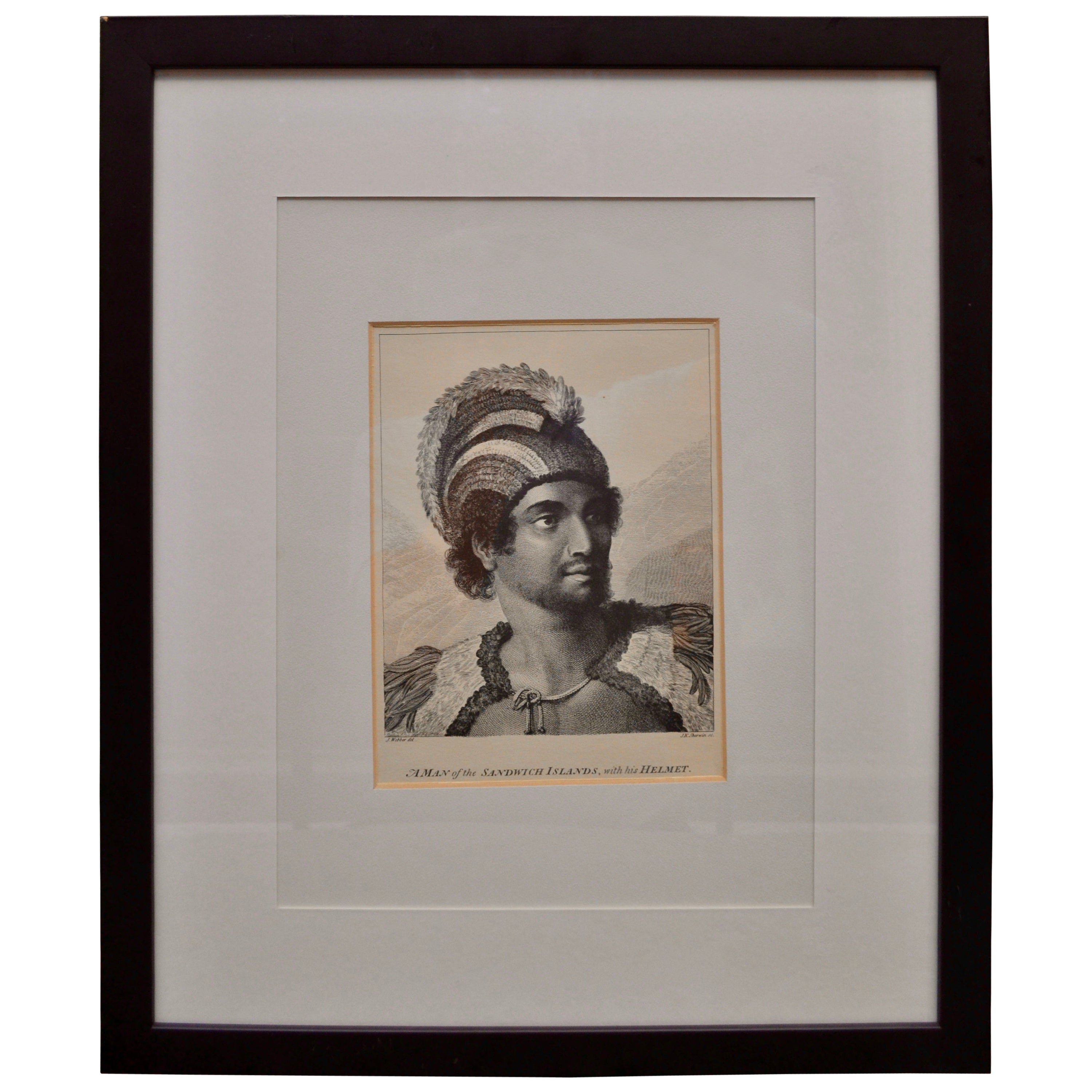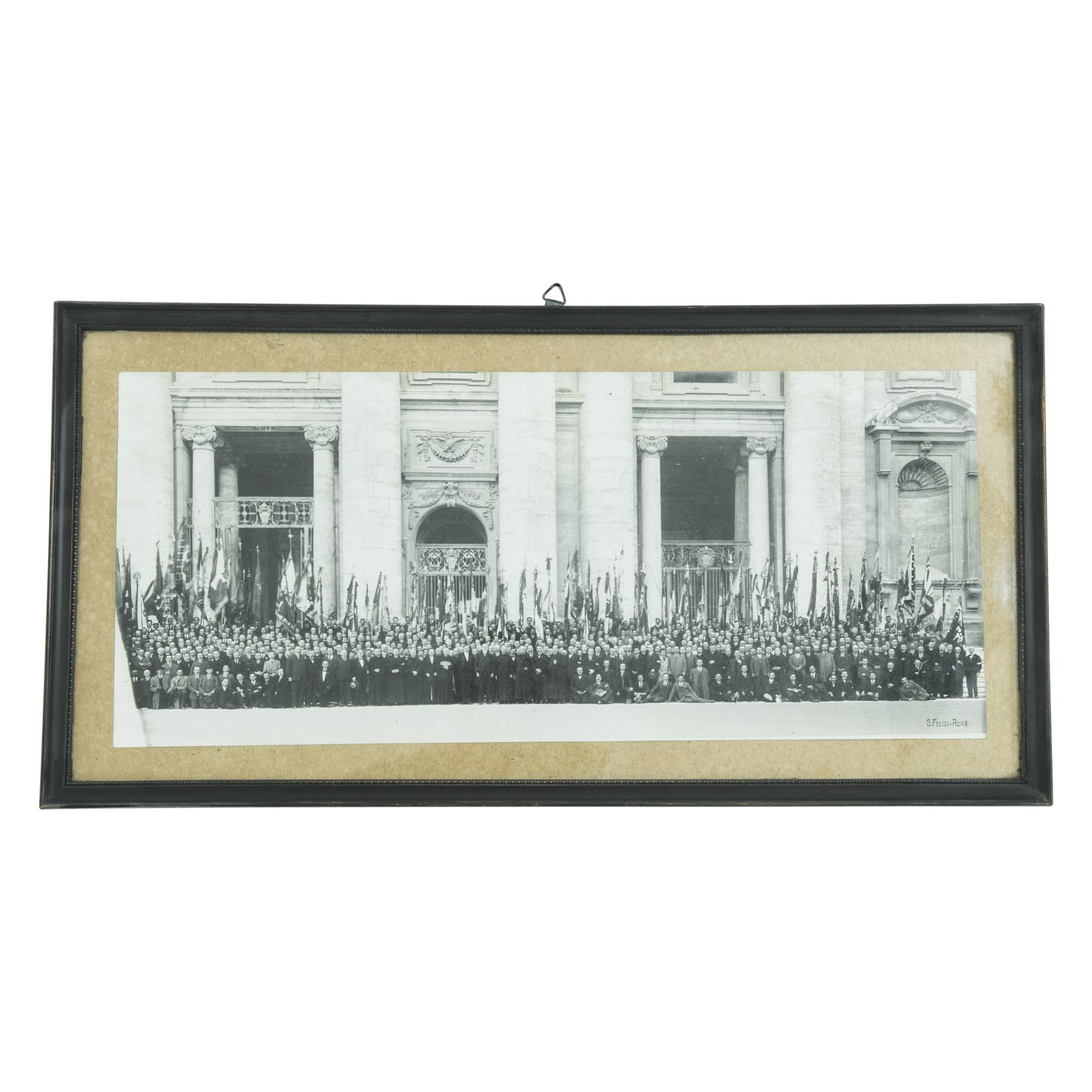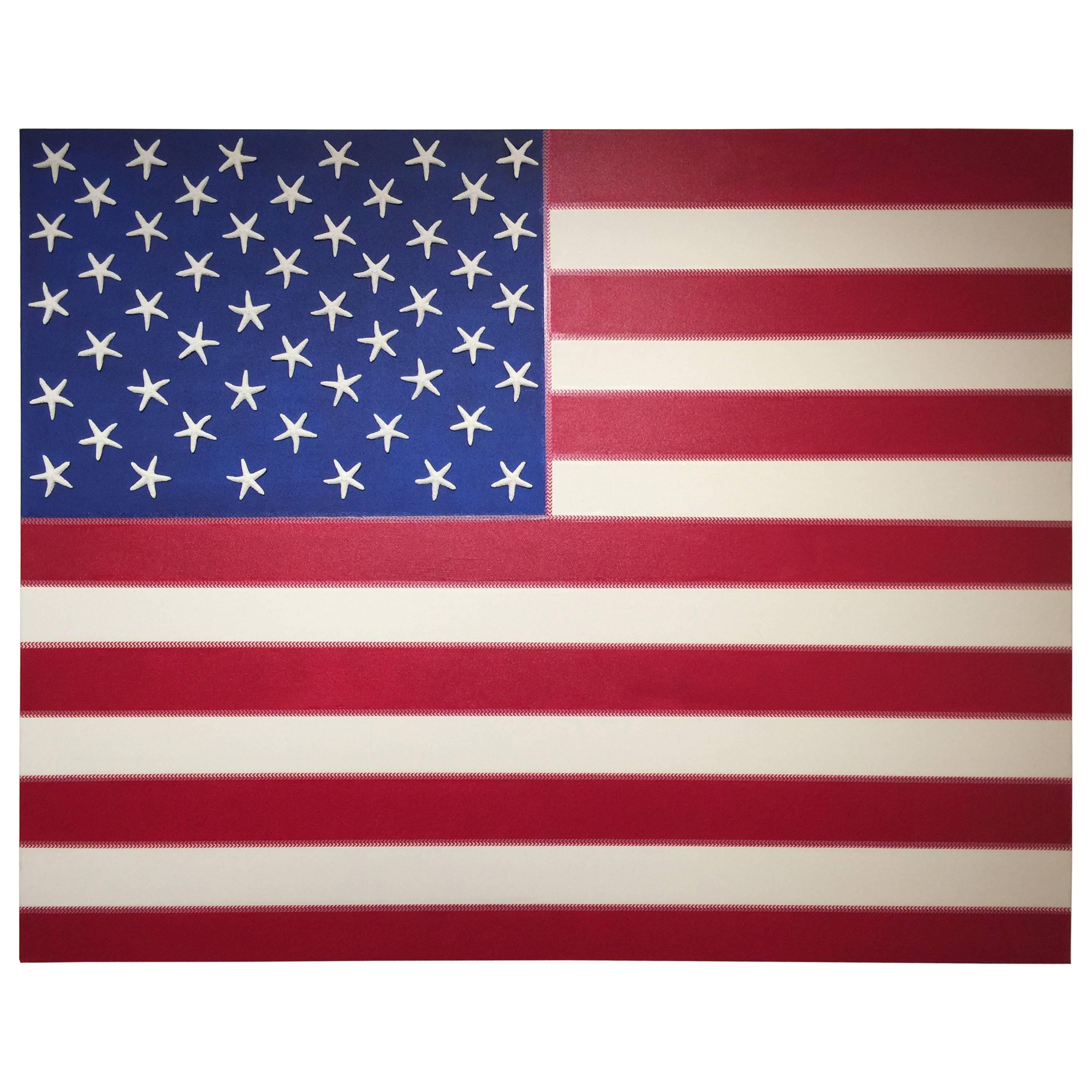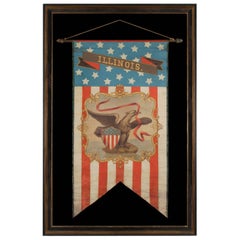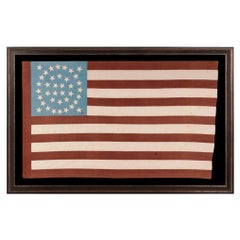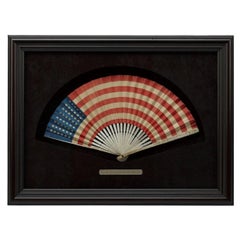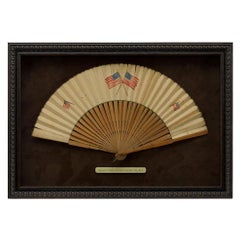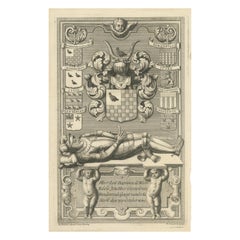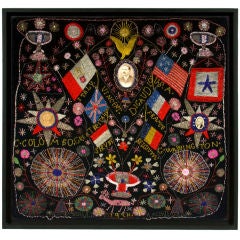
Extraordinary Patriotic Memorial Beadwork
View Similar Items
Want more images or videos?
Request additional images or videos from the seller
1 of 10
Extraordinary Patriotic Memorial Beadwork
$16,500List Price
About the Item
“Remember V.G. 1924 Racine, Wis.”
Within the center of the textile, note the misspellings of Remember as “Ramember”, Serbia as “Servia”, and the Italianization of Columbus as “Columbo”.
A bold and colorful piece of American folk art and the best of its kind that I have ever encountered.
Mounting: The textile has been mounted without glass in a black, shadowbox-style frame.
Condition: Excellent. There is a tiny amount of wear around the edge of the velvet, but there are no significant condition issues.
- Dimensions:Height: 34 in (86.36 cm)Width: 35 in (88.9 cm)Depth: 2 in (5.08 cm)
- Place of Origin:
- Period:
- Date of Manufacture:1924
- Condition:See item description.
- Seller Location:York County, PA
- Reference Number:Seller: pat-1701stDibs: U1001268497198
About the Seller
5.0
Recognized Seller
These prestigious sellers are industry leaders and represent the highest echelon for item quality and design.
Established in 1991
1stDibs seller since 2008
70 sales on 1stDibs
Typical response time: 1 to 2 days
Authenticity Guarantee
In the unlikely event there’s an issue with an item’s authenticity, contact us within 1 year for a full refund. DetailsMoney-Back Guarantee
If your item is not as described, is damaged in transit, or does not arrive, contact us within 7 days for a full refund. Details24-Hour Cancellation
You have a 24-hour grace period in which to reconsider your purchase, with no questions asked.Vetted Professional Sellers
Our world-class sellers must adhere to strict standards for service and quality, maintaining the integrity of our listings.Price-Match Guarantee
If you find that a seller listed the same item for a lower price elsewhere, we’ll match it.Trusted Global Delivery
Our best-in-class carrier network provides specialized shipping options worldwide, including custom delivery.More From This Seller
View AllHand-Painted Patriotic Banner With The Seal of the State of Illinois
Located in York County, PA
HAND-PAINTED PATRIOTIC BANNER WITH THE SEAL OF THE STATE OF ILLINOIS AND GREAT FOLK QUALITIES PROBABLY MADE FOR THE 1868 DEMOCRAT NATIONAL CONVENTION...
Category
Antique 1860s North American Political and Patriotic Memorabilia
Materials
Canvas
Price Upon Request
Hand-Painted Patriotic Banner with the Seal of the State of Oregon
Located in York County, PA
HAND-PAINTED PATRIOTIC BANNER WITH THE SEAL OF THE STATE OF OREGON AND GREAT FOLK QUALITIES, 1861-1876:
Swallowtail format, patriotic vertical banne...
Category
Antique Late 19th Century American Political and Patriotic Memorabilia
Materials
Canvas
Price Upon Request
Roller-Printed Yard Good, Made to Memorialize George Washington, ca 1824-1832
Located in York County, PA
ROLLER-PRINTED YARD GOODS TEXTILE, MADE TO MEMORIALIZE GEORGE WASHINGTON SOMETIME BETWEEN LAFAYETTE’S FINAL VISIT & GRAND TOUR OF AMERICA, FROM 1824-25, AND THE 1832 CELEBRATION OF G...
Category
Antique Mid-19th Century American Political and Patriotic Memorabilia
Materials
Cotton
38 Star American Flag w/ Extraordinary Features, Colorado Statehood, 1876-1889
Located in York County, PA
38 STAR ANTIQUE AMERICAN FLAG WITH AN EXTREMELY RARE DOUBLE-WREATH CONFIGURATION THAT FEATURES A SQUARE OF FOUR STARS BOTH INSIDE AND OUT, ON A BEAUTIFUL, CORNFLOWER BLUE CANON THAT ...
Category
Antique Late 19th Century North American Political and Patriotic Memorab...
Materials
Cotton
Hand-Sewn Flag w/ Eagle & 14 Stars, Made by Sarah McFadden in NYC, ca 1852-1860
Located in York County, PA
ENTIRELY HAND-SEWN FLAG MADE BY SARAH McFADDEN, “THE BETSY ROSS OF NEW YORK,” FOR THE HUDSON RIVER STEAMSHIP “DELAWARE,” LAUNCHED IN 1852, WHICH SAW A REMARKABLE HISTORY; CONSCRIPTE...
Category
Antique Mid-19th Century American Political and Patriotic Memorabilia
Materials
Cotton
13 Stars in a Betsy Ross Pattern, ca 1910-1926
Located in York County, PA
13 STARS IN THE BETSY ROSS PATTERN ON A SMALL-SCALE ANTIQUE AMERICAN FLAG MADE SOMETIME BETWEEN APPROXIMATELY 1910 AND THE 1926 SESQUICENTENNIAL OF AMERICAN INDEPENDENCE
13 star fla...
Category
Mid-20th Century Political and Patriotic Memorabilia
Materials
Wool
Price Upon Request
You May Also Like
Patriotic 48-Star American Flag Folding Fan
Located in Colorado Springs, CO
Presented is a printed folding fan featuring the American Flag, which dates to the early 20th century. With 48 printed stars on the fan’s canton, the fan celebrates New Mexico and Arizona statehood. The fan’s design is completed with 13 alternating red and white stripes across its white sticks and guard.
The 48-star flag had a fly date of 47 years, from July 4, 1912 to July 3, 1958. Prior to the introduction of the 48-star flag with the admission of New Mexico and Arizona to the Union in 1912, no legislation existed regarding the official proportions, sizes, and pattern for stars on the American flag. As a result, many Americans designed the starry canton of their homemade flags to their own whim, in medallion, spiral, and flower star configurations. Coinciding with the introduction of the 48 star flag in 1912, President William Howard Taft...
Category
Early 20th Century Decorative Art
Materials
Paper
Patriotic Folding Fan with American Flag Motif
Located in Colorado Springs, CO
Presented is a patriotic folding paper fan, with an American flag motif. The fan is painted with two small American flags at left and right and two...
Category
Mid-20th Century Decorative Art
Materials
Paper
Armorial Elegy of 1600: A Heraldic Memorial, 1730
Located in Langweer, NL
Tomb of Gerard van Randenrode van der Aa, Pieter van Cuyck, 1730 - 1736
Antique print titled 'Hier leit begraven de weledele Joncheer Gerard van Randenrode (..)'. Coat of arms of Ra...
Category
Antique Mid-18th Century Prints
Materials
Paper
Antique Print of Memorial Hall in Cambridge, '1887'
Located in Langweer, NL
Antique print titled 'Memorial Hall, Cambridge Mass'. View of Memorial Hall, Cambridge, Massachusetts. This print originates from 'Voyages and ...
Category
Antique Late 19th Century Prints
Materials
Paper
$141 Sale Price
20% Off
WWI Framed Memorial Death Tile 1917 Argyll & Sutherland Highlanders
Located in Bishop's Stortford, Hertfordshire
A rare and unusual framed WWI memorial pottery death plaque for Private Peter McEwan of the Argyll & Sutherland Highlanders 14th Battalion dating from late 1917 or early 1918. Private Peter McEwan served in France and died on 26th November 1917. The rectangular tile shaped plaque is beautifully produced and is printed in colors adorned by two angels and reading HE DIED FOR KING AND COUNTRY...
Category
Vintage 1910s British Art Deco Decorative Art
Materials
Ceramic, Pottery
Antique Print Memorial Plaques of Ambon by Valentijn, 1726
By F. Valentijn
Located in Langweer, NL
Antique print of memorial plaques, coats of arms and a signet ring, all related to the Dutch administration on Ambon, Indonesia. This print originates ...
Category
Antique Early 18th Century Dutch Prints
Materials
Paper
$165 Sale Price
20% Off
